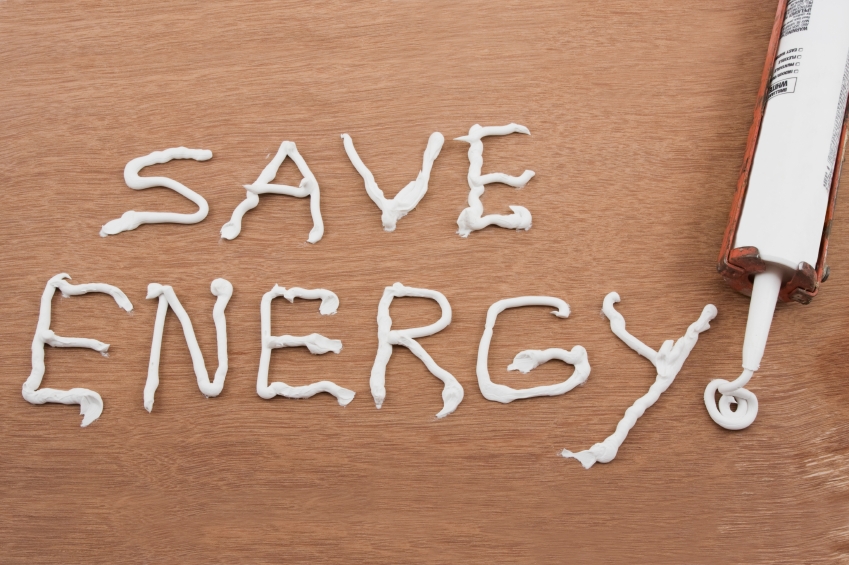 As our economy continues to sputter, one little-noticed industry has been booming for a while now: energy efficiency. The sector is hiring like crazy — a fact that speaks volumes about the close relationship between clean energy and the economic recovery that we’re all waiting for. Energy efficiency could save us all.
As our economy continues to sputter, one little-noticed industry has been booming for a while now: energy efficiency. The sector is hiring like crazy — a fact that speaks volumes about the close relationship between clean energy and the economic recovery that we’re all waiting for. Energy efficiency could save us all.
My firm works with utilities, government agencies, housing authorities, and other groups to help increase energy efficiency. We started in 1984 with three employees and one office. Today, we have nearly two dozen offices nationwide and employ 700 staffers from coast to coast. Most strikingly, we’ve added more than 250 people and 12 offices in just the last two years. The reason is crystal clear: Energy-efficiency services are in great demand. We are continuing to expand rapidly as more groups turn to us for help.
But energy-services firms are not the only ones that can benefit from the demand for energy-efficiency services. With the right programs in place, reducing power consumption can improve the bottom line for many other types of companies. Case in point: The building infrastructure in this country is old and inefficient. Retrofitting these buildings requires an army of workers. These include heating/air conditioning installers, insulators, and building inspectors. Many of these tradespeople are out of work and these retrofitting jobs can get them back on their feet. Products like insulation, caulk, triple-paned windows and doors, and high-efficiency heating and cooling systems will also get a boost. And that’s not all. The goods need to be made, inspected, shipped, and sold, widening the circle of employment opportunities for manufacturers, retailers, and distributors. This expanded workforce means people will have more money to spend.
Now that’s what I call a “trickle down economy”!
Most importantly, jobs created to support energy efficiency are America’s jobs. More than 90 percent of products and 100 percent of the labor used in residential energy work are American. If Home Star becomes law, weatherization products and equipment will fly off store shelves faster than you can say “retrofit.” Most of these supplies are made domestically, so our factories will need to step up production. Home Star is expected to increase demand for retrofitting by a factor of 15, benefiting those hardest hit by this recession — manufacturing and construction workers. An estimated 168,000 jobs would be generated to carry out the program. Consumers who take advantage of Home Star would save our country an estimated $10 billion in energy costs by 2020. The program would jolt our economy by pumping in $6 billion over two years and cut down on carbon emissions. Supported by Republicans and Democrats, environmentalists and businesses, the bill was introduced exactly one year ago. Home Star has been stalled in the U.S. Senate for months after having passed the House last May. We hope the new Congress will put Home Star on the front burner.
New economic analysis shows that clean energy legislation will create up to 1.9 million new jobs, increase annual household income by up to $1,175, and boost the GDP by up to $111 billion. Over the years, study after study, from groups like the Center for American Progress and the American Council for an Energy-Efficient Economy, have supported the direct correlation between green industry growth and jobs. Eighteen months ago, findings from a study by the Pew Charitable Trust found that green jobs are growing at a national rate of 9.1 percent, while traditional jobs are growing by only 3.7 percent.
As someone who’s been working in the industry for more than 30 years, I’m not surprised at all. Clean energy is job creation, hands down. Our time has come!
So what are we waiting for?



